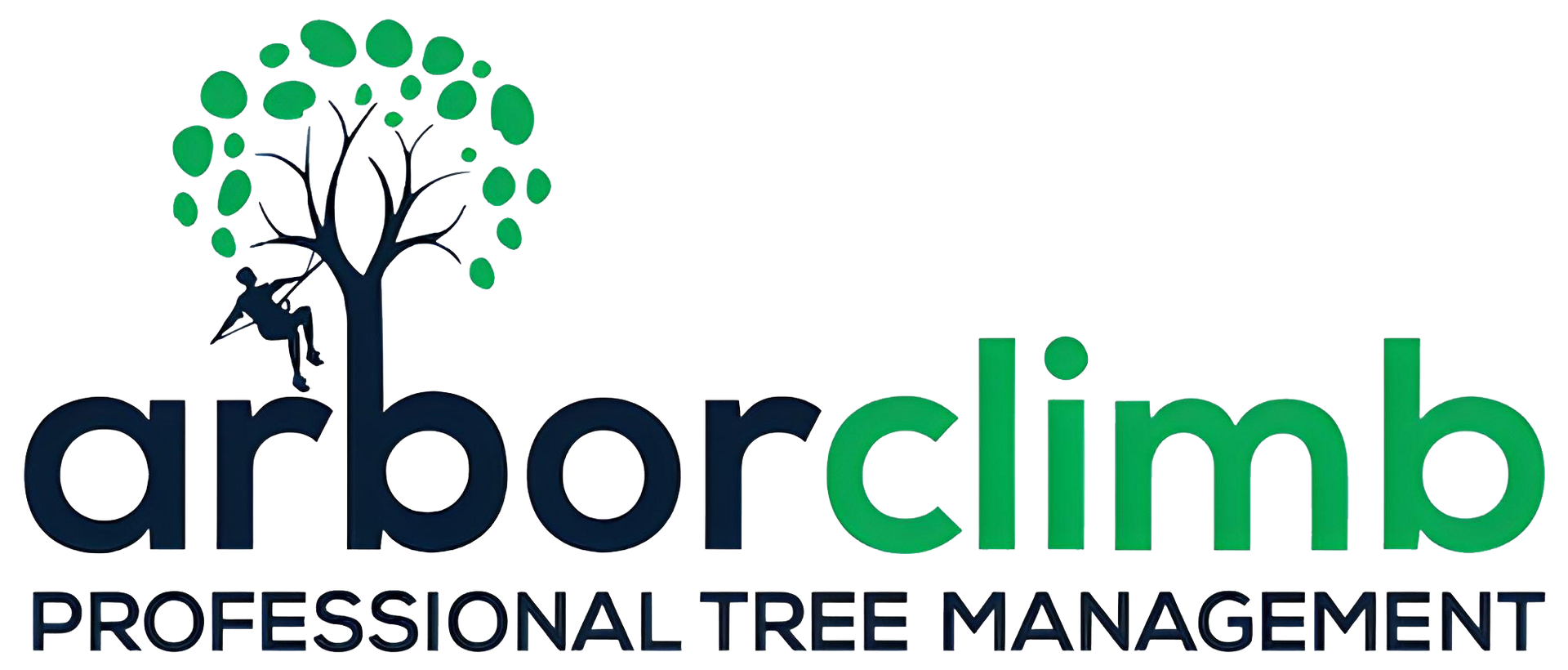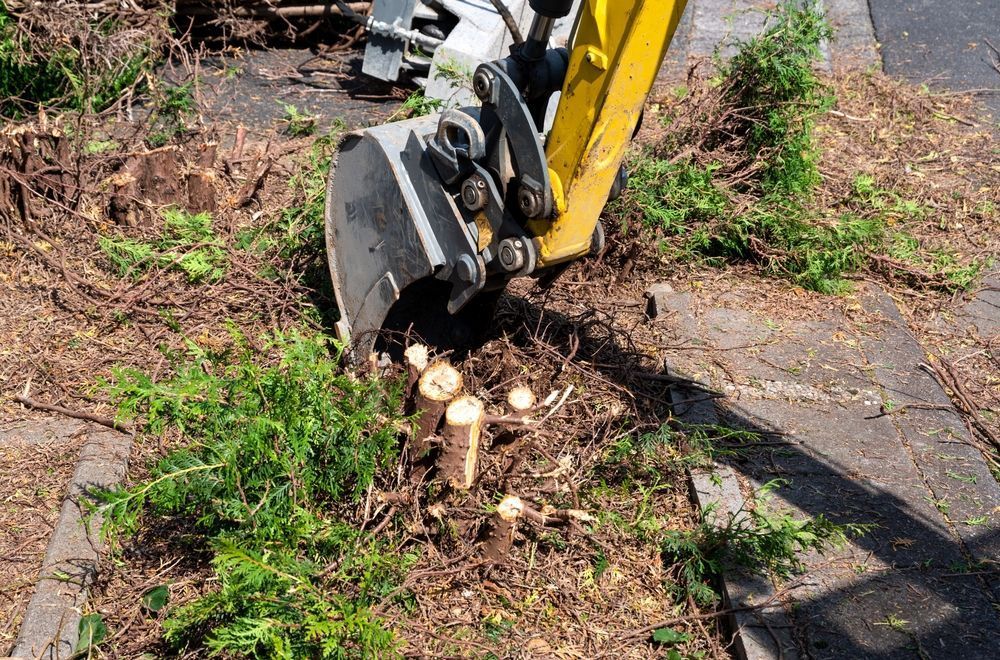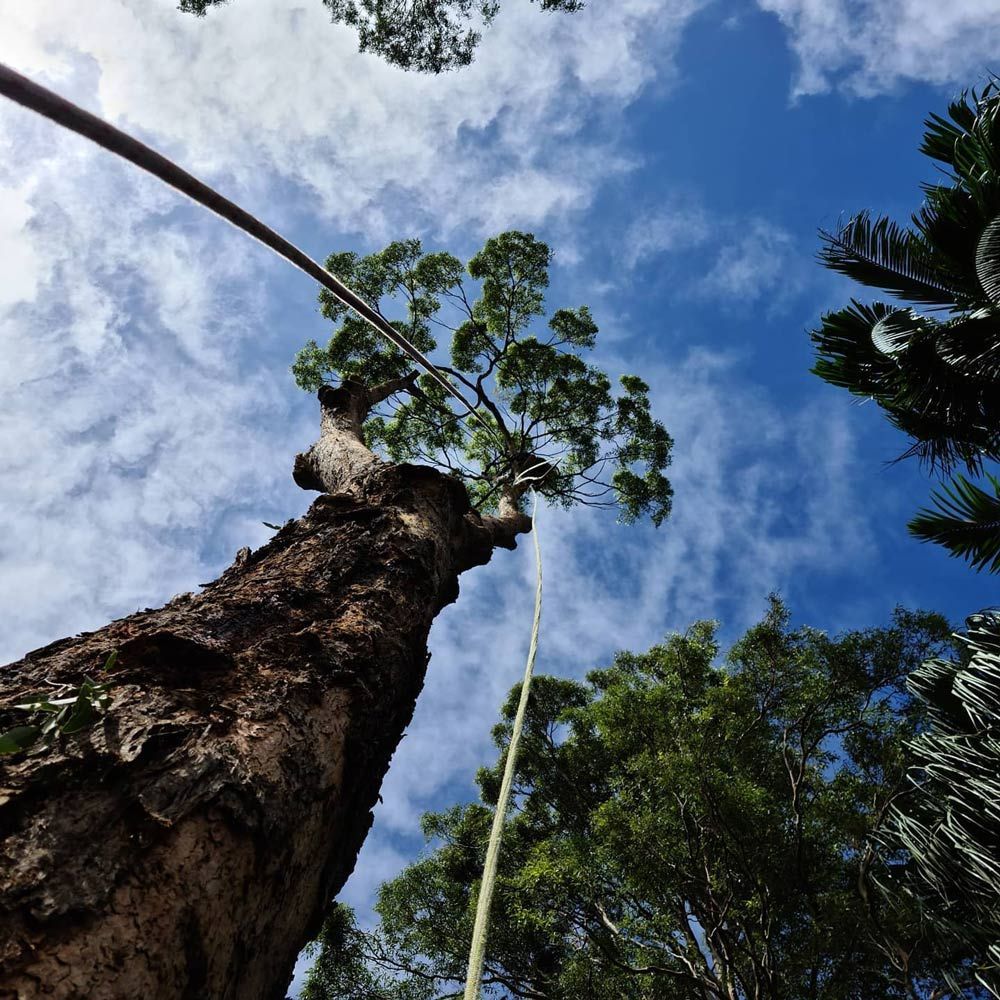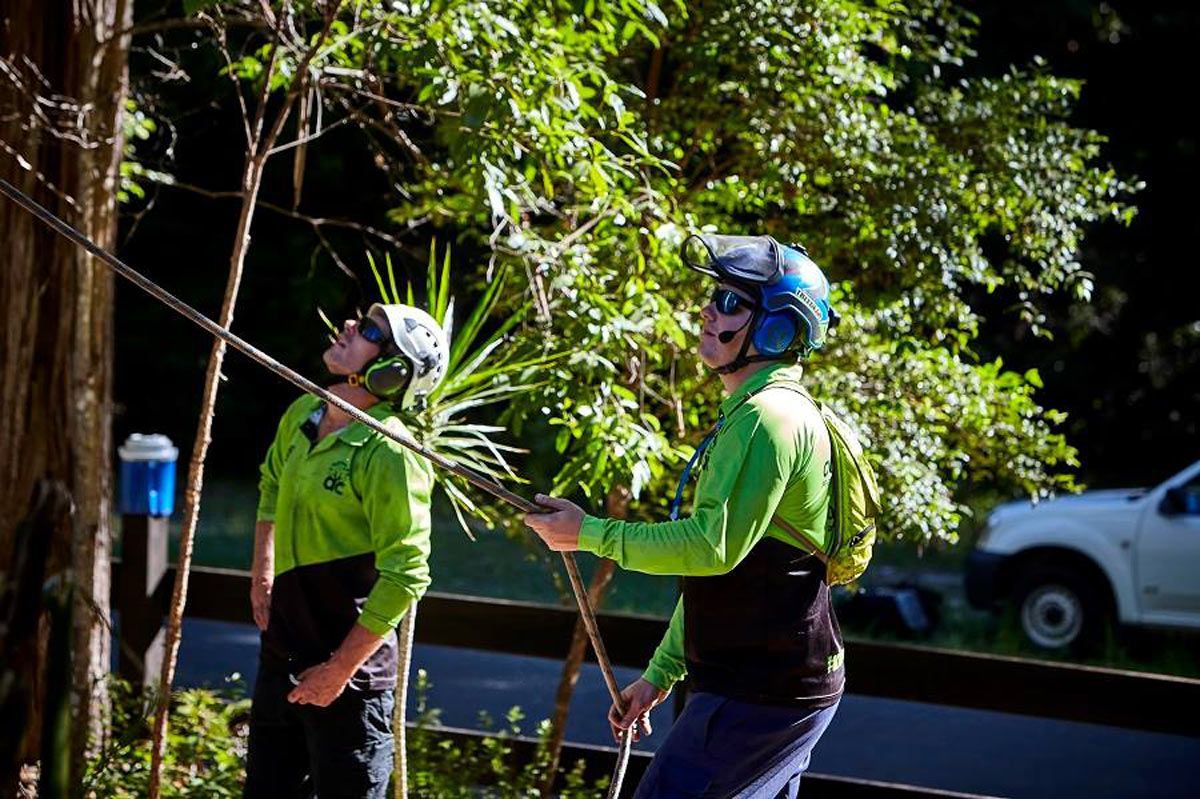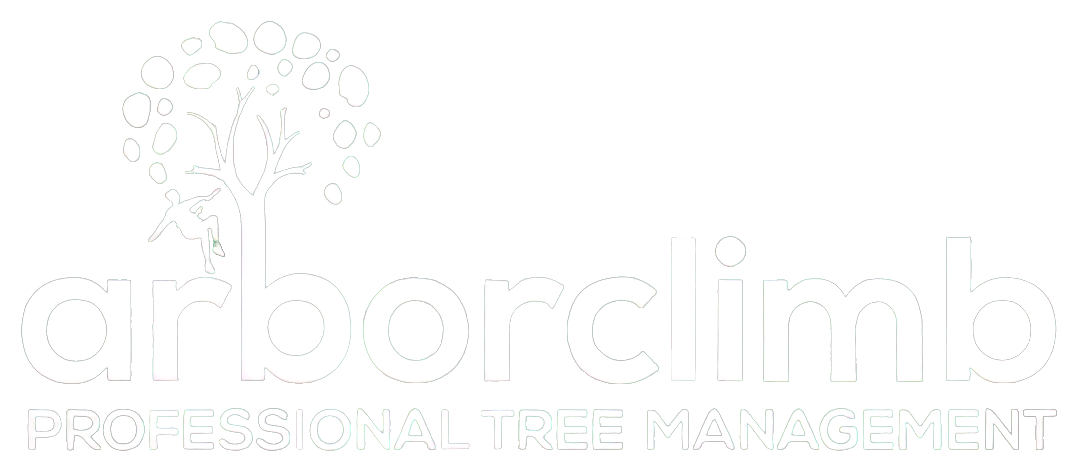Most Common Trees On The Sunshine Coast
Australia’s Sunshine Coast ecosystem is world-renowned for its diversity and beauty. It is one of the most bio-diverse regions in Australia; it boasts an impressive range of ecosystems. Ecosystems are amazing creations because they vary in size and type. An ecosystem can be as large as a forest and it can also comprise a small area under a rock or it can be as vast as the ocean.
The range of ecosystems found on the Coast includes; coastal and dune areas, montane heath, heathland and paperback forests, open forests and woodlands, rainforests and wet and dry sclerophyll. The availability of a wide range of ecosystems and vegetation is a good indication of a diverse range of habitats.
Below are some of the most common trees found along the Sunshine Coast.
Kauri Pines (Smooth-barked Kauri)
This tree’s botanical name is Agathis robusta but it’s commonly known by its Maori name Kauri. It is a coniferous tree of the genus Agathis. It is also found in Papua New Guinea and Queensland. The population of Kauri Pines found in the Papua New Guinea region are treated as distinct species Agathis Spathulata.
Piccabeen Palm (Archnontophoenix cunninghamania)
This Australian palm can grow to over 20 meters tall and has beautiful flowers which are violet in colour and also produces red fruits. Its flowers and fruits usually attract birds. The tree flowers are midsummer and are evergreen all year through.
Pandanus Tree (Pandanus spiralis)
This is a shrub that grows up to 10 meters in height. It is comprised of long spiny leaves that are arranged in a spiral manner. It also has a large pineapple-like cluster of fruits. These fruits usually turn orange when they ripen. It is a good place for birds and other wildlife to live in because the spiny leaves offer them protection from predators. Birds and other animals living on these trees also enjoy eating their fruits.
Tea tree
This is a lovely and unique tree with a spectacular colour range from pale yellow to an almost clear appearance. It is a native tree of the South Coast. Tea Tree oil is toxic and should not be put in the mouth. It is traditionally used in low concentrations for essential oils and herbal medicine especially by those looking to cure skin conditions. It is also used in curing acne, dandruff and insect bites.
Paperbark (Melaleuca quinquenervia)
It is commonly referred to as, broad-leaved paperbark or punk tree. It is a small medium-sized tree of the Myrtaceae family. This tree normally grows as a spreading tree for up to 20 meters tall. The tree’s trunk is covered by white and grey papery bark that is very thick. The leaves of this tree are grey-green in colour and are egg-shaped. During the late spring entering autumn, the tree produces white bottle brush looking flowers.
Bunya Pine (Araucaria bidwillii)
This is a large evergreen tree that is coniferous; it is in the plant family Araucariaceae. It grows naturally on the Sunshine Coast. The tree can grow to 169 feet in height. The bunya pine is unique because it’s one of the last surviving species of the Araucaria genus.
Wattles (Acacia spp)
Acacia trees are commonly referred to as Wattles. These trees are a large genus of trees and shrubs in the subfamily Mimosoideae of the pea family Fabaceae. Acacia trees comprise of a plant species native to both Africa and Australia.
Brush Box ( Lophostemon confertus )
This is an evergreen tree that is native to Australia. It is commonly referred to as a pink box, vinegar tree, Brisbane box and Queensland box. This tree has been widely cultivated in some parts of the U.S and many other parts of the world. It is mainly used as a street tree in cities and towns in Australia.
Strangler Figs (Ficus watkinsiana)
This plant grows its roots downwards so as to envelope its host tree while at the same time growing upwards to reach the sunlight. The host tree may at times die and the strangler tree in this instance becomes a columnar tree which usually has a hollow central core. This habit is a result of growing in dark forests where there is a stiff completion for light. Strangler trees have been known to support their host trees during storms.
As you can see we have a variety of trees common to the Sunshine Coast, with each type of tree comes a particular way to prune or remove them. If you have any questions about the trees you have on your property you can contact the expert team at Arborclimb today.
